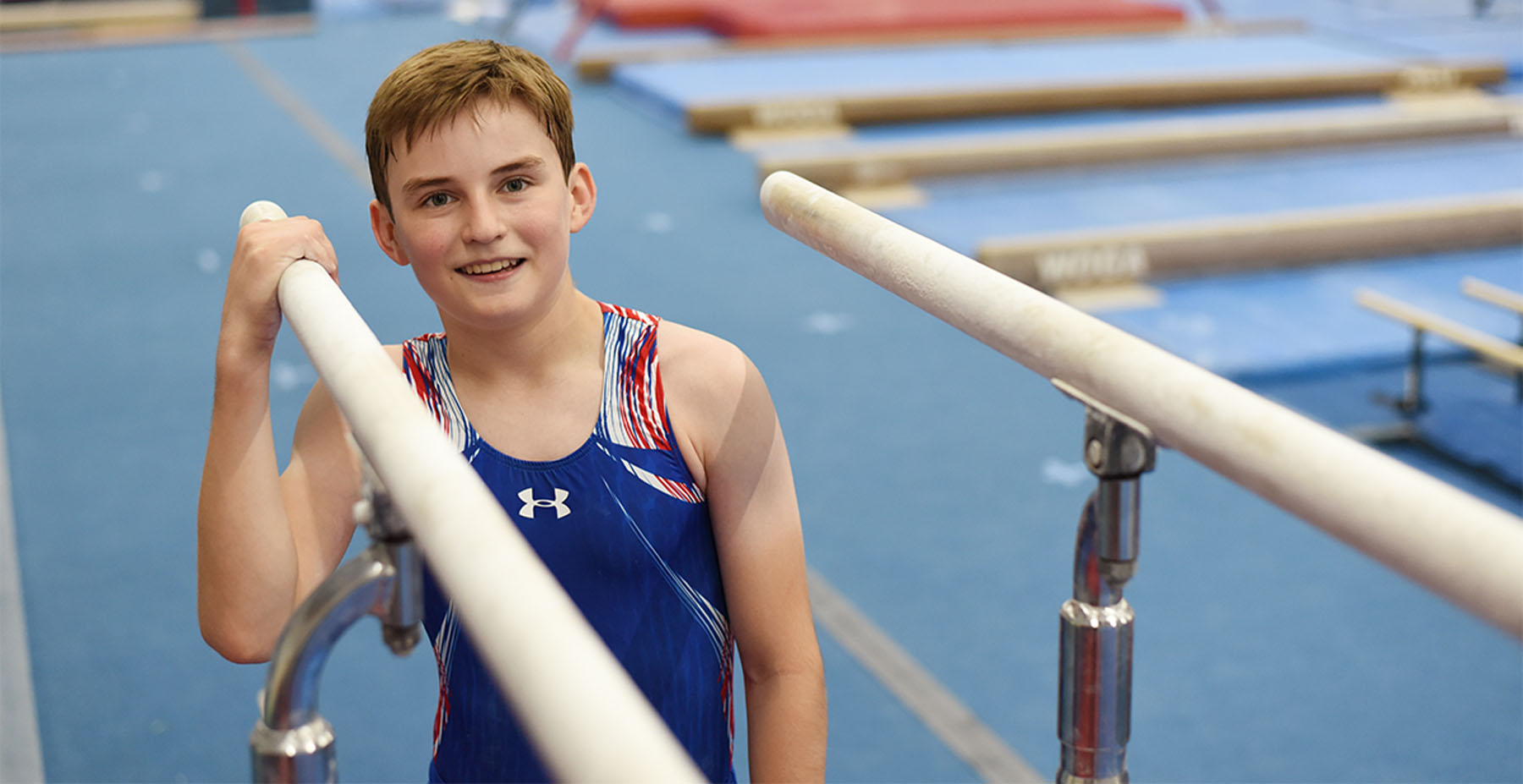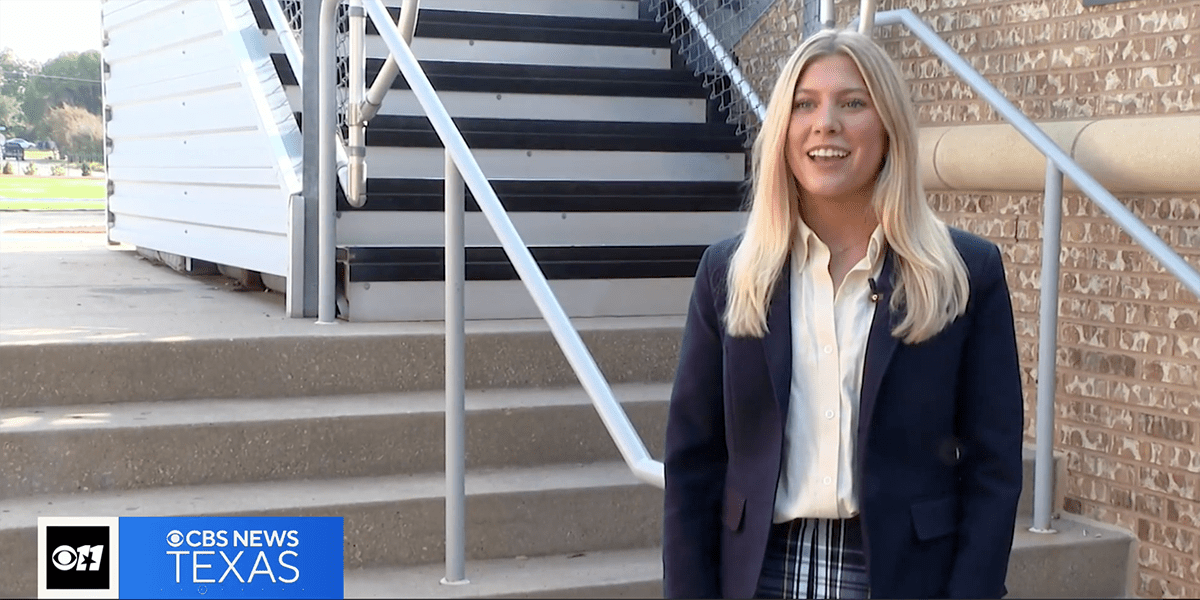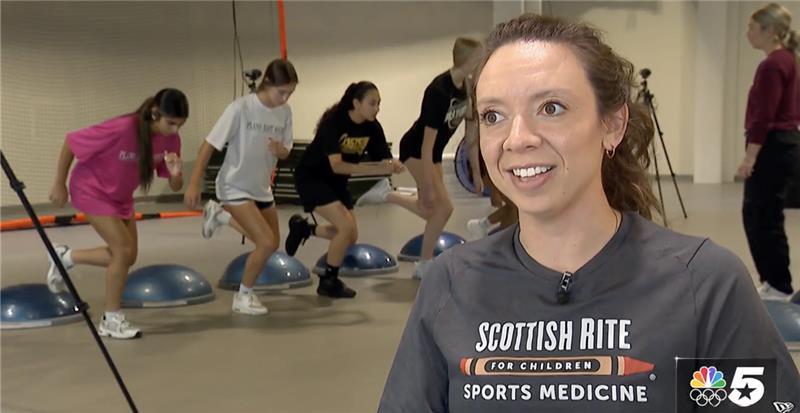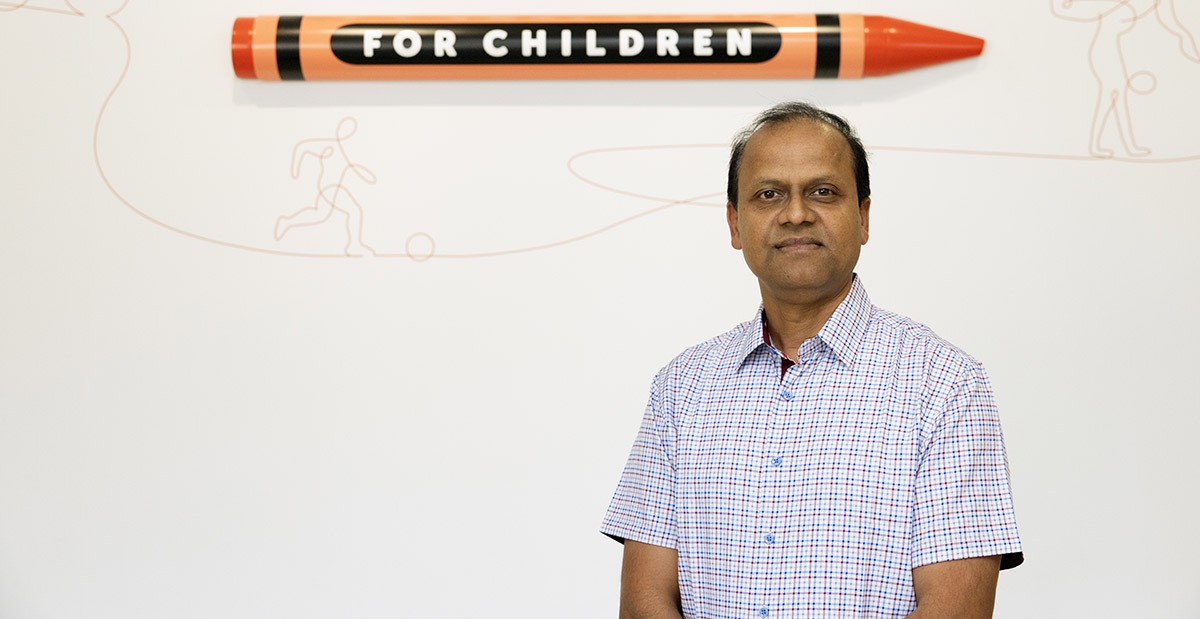Young athletes may express an interest in building muscle or “lean body mass” for a variety of reasons. Body composition includes water, bone, fat, muscle and other tissues such as organs and vessels. The elements that are most affected by diet and exercise are fat and muscle. Pediatric sports medicine physician Jacob C. Jones, M.D., RMSK, says, “there are many benefits to increasing lean body mass, and for athletes, the growth of muscles often translates to improved strength and performance.”
Why might a child or teen want to increase lean body mass?
Motivation can come from inside the individual (intrinsic) or from an outside (extrinsic) demand or expectation. Intrinsic motivation is often called “drive” and can be a healthy approach to making positive changes in one’s life. These may include a desire to compete at a higher level, to be stronger, or to improve other areas of performance. Extrinsic motivation often comes from a parent, coach or peer that causes an athlete to set a bar or goal according to their expectations. These may include positive or negative pressures to meet a goal based on their own performance or in comparison to a standard or a teammate.
How can a parent know when a motivation or behavior is concerning?
When the motivation does not align with positive health goals or is based on an irrational comparison or expectation, there is a concern for the athlete’s safety. When an athlete has set a lean body mass target that is unhealthy, a parent may notice behaviors such as restrictive eating or over-exercising. Learning healthy strategies and setting appropriate goals can help to avoid these approaches. Consulting the pediatrician or primary care doctor can help reset goals and assess the need for additional help.
How can a young athlete increase lean body mass?
The strength of a muscle is defined by the amount of force it can resist. Muscle strength is measured when pushing, lifting or pulling an object or the athlete’s own body. More resistance must be applied progressively to increase the size (hypertrophy), length and strength of the muscle with exercise. With consideration of safety and proper fueling and recovery, resistance training leads to an increase in body mass.
What is a good first step in building lean body mass?
For some, resistance training has a narrow definition and requires lifting weights. Yes, lifting weights with proper technique can improve strength. However, equipment is not necessary to improve strength for most children. Activities that use gravity and body weight are an excellent starting point. These include doing ‘crab walks,’ ‘bear crawls,’ and ‘kangaroo hops.’ These activities properly focus on coordination, developing core strength and learning proper form before adding weight.
How can a parent help guide safe choices with resistance training?
- Discourage comparison with like (or unlike) individuals. Keep the athlete focused on his or her goals and healthy strategies.
- Provide access to a trained coach. Look for someone with a background and experience in nutrition and resistance training for children.
- Promote training changes throughout the year. Strength and conditioning programs should vary based on sport season demand (pre- and post-season),
- Facilitate rest in- and out-of-season. Year-round training, overuse and overtraining have been shown to increase the risk of injury. Regular rest is important.
- Learn how nutrition plays a role in building muscle mass. Fueling for training and recovery can make exercise more effective.
What are safe measures of success for resistance training?
Using the scale or the amount of weight on a bar as the only measures of success can lead to poor and unsafe choices. Goals like these must be balanced with others that are more likely to directly translate to success on the field. These might include performance measures like endurance, jump height or other sport-specific skills.
Tips for setting appropriate goals –
Choose goals that are challenging but still achievable. - Consider the demands of the sport and position as well as the current weight and body type of the athlete.
- Ask for help from the:
- team coach to suggest goals based on the athlete’s performance, sport and season.
- strength and conditioning coach to set progressive resistance and repetition goals based on the athlete and his or her capabilities.
- primary care doctor or pediatrician to establish appropriate body composition goals and to discuss nutritional needs based on family and patient history.
How can a parent support a young athlete to safely increase lean body mass?
- Encourage open conversations about goals and progress.
- Ask what is driving the desire for change.
- Confirm appropriate instruction and supervision is in place.
- Discuss plans and progress with a sports dietitian, a strength and conditioning coach and a primary care doctor.
- Monitor for signs of overtraining or worrisome behaviors that increase the risk of injury.














